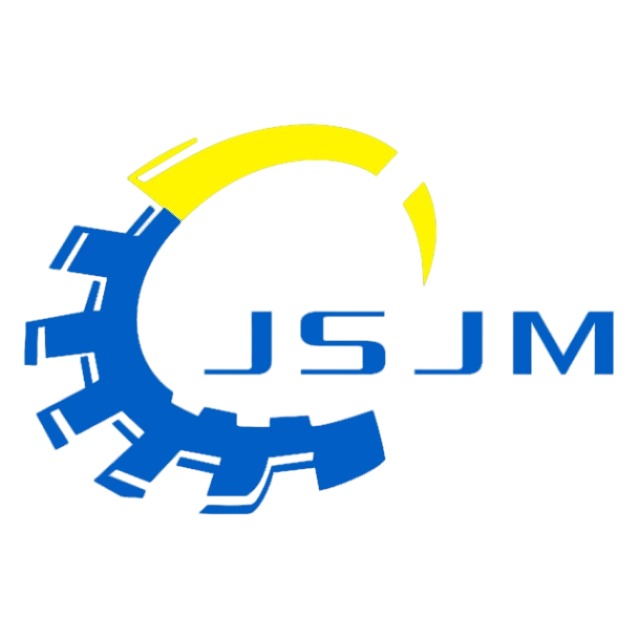Injection Molded Plastic vs. Other Manufacturing Methods: A Comparative Analysis
Selecting the appropriate process for fabricating plastic parts can have a profound effect on product quality, cost, and efficiency in manufacturing. Of all the methods available, injection molding is one of the most common choices. This article compares injection molded plastics with other manufacturing processes while pointing out their merits and drawbacks.
What Is Injection Molding?
High pressure induces this manufacturing process where molten plastic is injected into a mold cavity. The material cools and solidifies into the shape of the mold, producing highly precise components that are consistently manufactured quickly and efficiently.
Benefits of injection molded plastic
Production Efficiency: Ideal for mass production runs, this method is noted for its efficiency. Manufacturers can produce thousands of parts in a short amount of time due to quick cycle times lasting just seconds, which reduces costs per unit.
Complex Shapes: It can create intricate detailed shapes that are hard or impossible to achieve using different methods because it uses high pressure during production.
Consistency And Precision: High dimensional accuracy and repeatability provided by injection molding means that every part will satisfy specified tolerances which are vital in applications needing exact fits and functions.
Comparison With Other Manufacturing Processes
Blow Molding
Typically used for creating hollow objects like bottles/containers; unlike filling a mold cavity with molten plastic (as done in IM), BM requires inflating tubes made from softening heated plastics until they reach desired shapes at very high speeds over large volumes but lack precision compared to IM when dealing with complex geometries.
Extrusion
Continuous shapes such as pipes/sheets are created by pushing molten plastic through dies known as extrusion dies which makes them suitable for long profiles requiring constant cross-sections though not recommended if detailed work needs to be done due to limitations involved therein
Compression Molding
When applying heat & force onto pre-measured amounts placed inside cavities typically used make thick large pieces often made out of cheaper thermoplastics than it would generally take longer cycles to achieve lower accuracy levels im
Rotational Molding
Heating a plastic material inside a mold that rotates in several directions is known as rotational molding. This approach creates hollow goods with uniform thickness of walls. It works well for big, empty objects but lacks the accuracy and intricacy of injection molding.
Conclusion
Injection molded plastic is favored by many manufacturers because they have high efficiency in production, precision, and versatility in materials that can be used among other benefits. Other methods like blow molding extrusion compression molding and rotational molding have their advantages and appropriate uses but no method can match injection molding when it comes to producing complex plastic parts quickly at high quality.
When choosing a manufacturing process, factors such as volume of production and complexity of part requirements for materials should be considered along with the costs involved. Each method has its strengths as well as limitations which should guide the decision-making process so that the most suitable one is selected based on specific needs.
To learn more about how our services can help your project through injection molded plastic visit JSJ Moulding.

